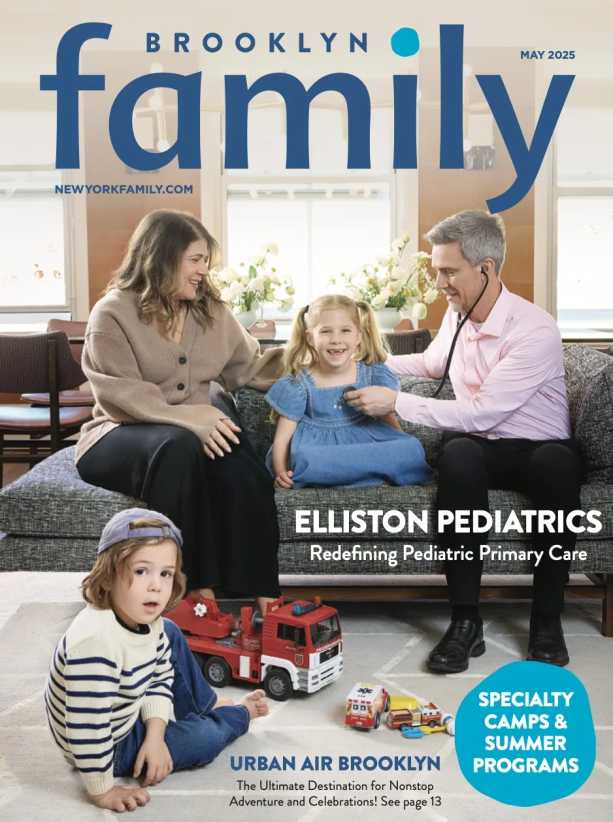Tis the season to be jolly for sure, but the holidays are also the time of year when things get so hectic that household accidents can easily occur. Whether it’s a Christmas tree that topples over or a bubbling pot of mulled cider that splatters, it’s important to be aware of the biggest potential safety hazards around the house during the holidays, when you may be more focused on stringing lights than the toddler getting tangled in the electrical cord.
Here are the 13 most important things you can do to stay safe this holiday season.
Practice smart Christmas tree set-up.
Once you’ve hauled your tree into your home, make sure to place it in a sturdy, appropriately sized stand. You need to take this crucial step to ensure it doesn’t become a tipping hazard, says Debra Holtzman, a nationally recognized child safety and health expert and the author of The Safe Baby. “To prevent your tree from tipping over, securely anchor it or put a safety gate around it,” she says. In addition, place your tree away from the busiest trafficked areas in your home. “Always place it out of the doorways, exits, and heat sources,” she says.
Stay on top of family members’ tree allergies.
Some live Christmas trees, including cedars, can cause asthma, allergies, and an itchy skin rash because they can be filled with mold spores and allergens, says Robert Weitz, a certified microbial investigator and founder of RTK Environmental, a mold testing and mold inspection company in New York City. In addition, the needles on pine, spruce, and fir trees are a definite choking hazard.
How do you know if a family member may be allergic? “Rashes can be a sign of mold allergy or sensitivity,” Weitz says. “Other symptoms can include headaches, fatigue, throat and eye irritations, wheezing, and many respiratory problems including asthma.” If your child suffers from allergies or asthma consider purchasing a fake tree.
Be choosy about artificial trees.
Many are manufactured in China and made from two items: PVC, a petroleum-based plastic, and lead, used to stabilize PVC. “The lead in the ‘greens’ breaks down into lead dust, which is released into the air, poisoning everyone, but especially children younger than six,” Weitz says. “To protect your children from lead poisoning, be sure to buy a tree that’s made in the USA.” Tip: If you’re going the artificial tree route, also make sure it’s labeled “fire resistant,” Holtzman says.
Decorate safely.
Only purchase décor that is made of non-combustible or flame-retardant materials, Holtzman advises. “If you have small children, avoid decorations that are sharp, breakable, weighted, or have small movable parts,” she says, “and avoid trimmings that resemble candy or food that may tempt a child to eat them.” Some decorations may contain lead, cadmium (a toxic metal), or other toxic materials that can be harmful to young children, so it’s best to stow all holiday decorations out of reach. Tip: There’s an easy way to identify objects that are too small for your child. “If the object itself or a detachable part fits through an empty toilet paper roll, it is unsafe and should be kept away from children under the age of three years and from any child who still puts objects in her mouth,” Holtzman says.
Assess your plants.
There’s nothing like filling your home with cheery seasonal plants such as mistletoe, holly, Christmas rose, and Jerusalem cherry. However, these are all quite poisonous. “Be sure to keep these plants (and all plants) out of the reach of small children,” Holtzman says. Also, while those ubiquitous Christmastime poinsettias were once blamed for a death about a century ago, recent studies indicate they’re not as toxic as was thought at that time, Holtzman says. However, they may cause some gastric irritation and burning in the mouth if the leaves are ingested, so make sure your little ones stay away from them. Important tip: If you suspect your child has ingested a poisonous plant, call the Poison Help Line at 1-800-222-1222 ASAP.
Skip the candles.
While they add wonderful atmosphere to a holiday celebration, avoid them, Holtzman says. “Consider using electric or battery-operated flameless candles instead,” she says. If you just can’t quit the candles, keep them on a stable, heat-resistant surface in sight where kids and pets cannot reach them or knock them over. “And always make sure you extinguish them when you leave the room or home or go to sleep, and never use lit candles to decorate the tree,” Holtzman adds.
Use caution with electric lights.
This means using only lights that have been tested for safety by a nationally recognized testing laboratory such as Underwriters Laboratories. “And make sure to check outdoor lights for labels showing that the lights have been certified for outdoor use, and only plug them into a ground-fault circuit interrupter-protected receptacle or to a portable GFCI,” Holtzman says. “To be safe always read the manufacturer’s instructions for the maximum number of light strands to connect. Replace any strand [that has] a frayed cord or loose bulb connections.”
Practice fireplace safety.
Once a year you should hire a professional chimney sweep to prevent build-up and potential fire hazards in your fireplace, Holtzman says. “In addition, be sure to put a safety gate in the doorway to the room with a fireplace or install a hearth gate around the area,” she adds. Never leave your fire unattended. “Extinguish the fire fully before leaving the house or going to bed and allow the ashes to cool before removing them,” she says. Ashes should be disposed of in a tightly covered metal container and placed outdoors, at least 10 feet from the home and any other nearby buildings. “Never empty the ash directly into a trash can,” Holtzman says. “Always douse and saturate the ashes with water.”
RELATED: How to Prepare Your Home for the Winter Months
Take precautions with button batteries.
You know those small, shiny batteries that are found in flashing holiday jewelry or holiday decorations? They’re a severe choking hazard. “When swallowed, a coin-sized lithium battery can lodge in the throat of a child,” Holtzman says. “Saliva then triggers an electrical current, causing a chemical reaction that can severely burn the esophagus in as little as two hours. The chemicals in the battery can also cause serious harm to a child if the battery is inserted into the ear or nose.” Your best bet: Corral any item that contains lithium batteries including your remote controls, toys, singing greeting cards, digital thermometers, flameless candles, calculators, key fobs, watches, flashing holiday jewelry, or decorations. “Know which items and devices in your home have button batteries,” Holtzman says. “Children love to pick up gadgets, play with them, and take them apart. Duct tape battery compartments if they do not have a screw to secure them closed, and keep these objects out of the sight and reach of small children.”
Keep alcohol out of reach.
That bowl of spiked holiday punch and those cups of leftover drinks (including the ice cubes in them) that may be strewn around the house should be kept out of reach of children at all times. Ditto for the eggnog. “Alcohol affects children more drastically than adults, so even small amounts of alcohol can be dangerous,” Holtzman says. “Remove all empty and partially empty cups as soon as possible.”
Plan menus around guests’ allergies.
The holidays are a wonderful time for friends and family to get together, but a celebration can go seriously awry if any guests have allergies to the foods you are serving or the ones that are being brought to a potluck. Send around a list of foods you plan to serve to your guests before they arrive at your house so you’re sure to keep your visitors safe.
Place choking-hazard treats out of reach.
For many families, holiday parties are best known for featuring delicious homemade Chex mix and bowls of mixed nuts. “Those are exactly the types of foods you should keep out of the reach of young children,” Holtzman says. “Any firm round foods such as popcorn, nuts, and candy canes should be kept as far away from children as possible because they pose a choking risk.”
Create an no-kid zone.
If you’re planning to serve food from your stovetop, whether it’s a bowl of chili, stew, or other cold-weather goodies, make your kitchen a no-kid zone, Holtzman says. Consider this a safe way to make sure your cuties don’t get splashed, burned, or injured while you’re cooking.


















